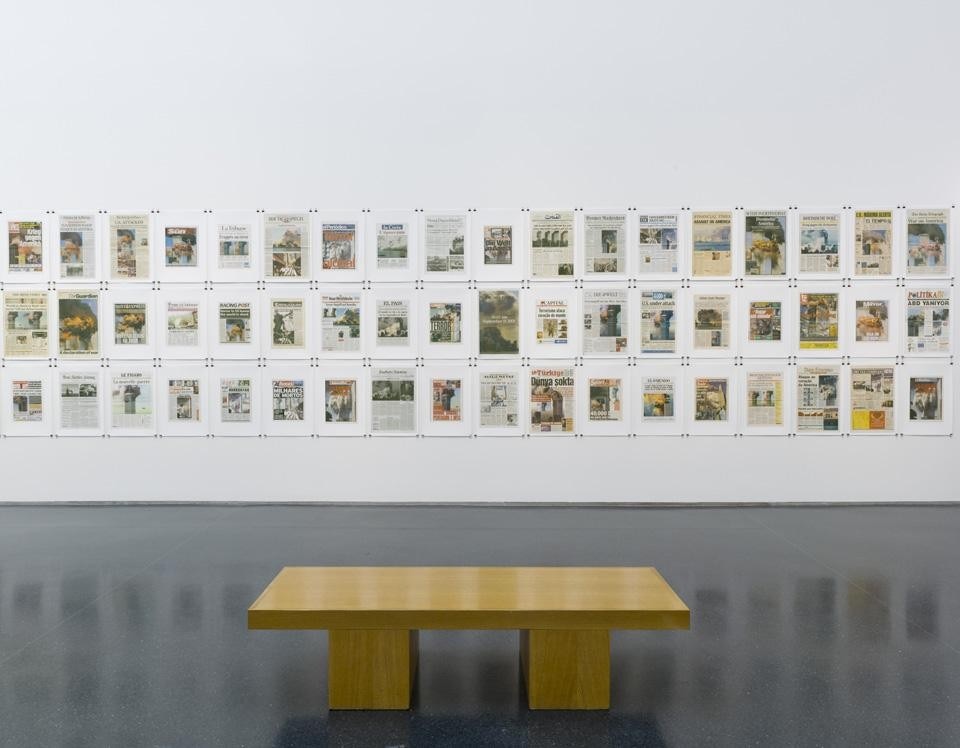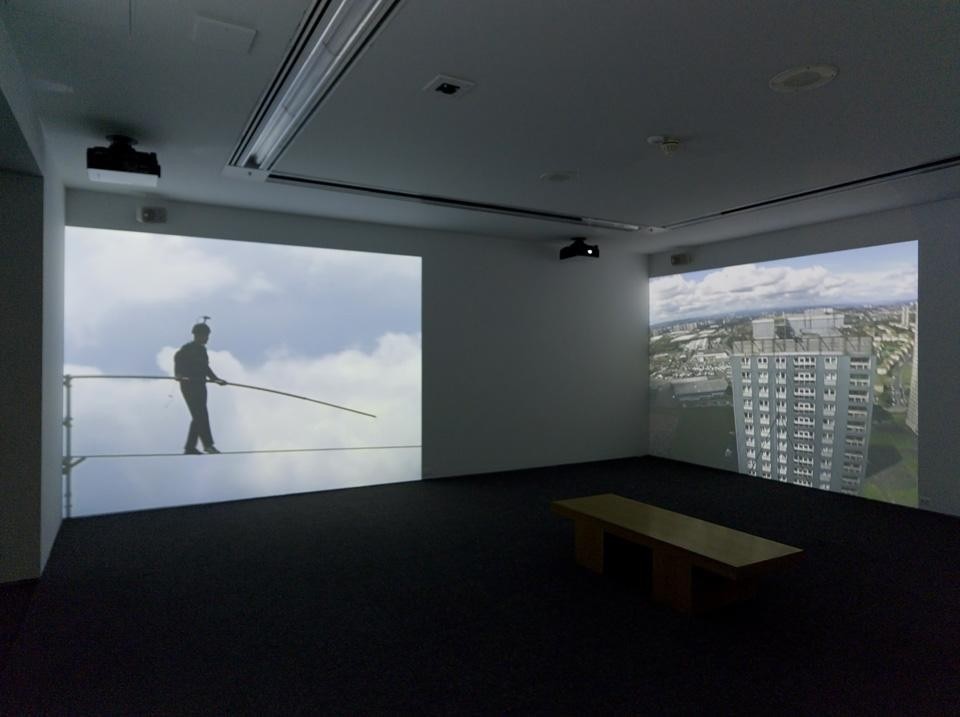Pop culture is inextricably part of the art on display, here, with "pop" also acting as surrogate word for:
— populations, as when they separate within a single massive structure, connected only by their housing unit and a communal detachment (a feeling implied by Shizuka Yokomizo's photographs of "strangers" through ground-level apartment windows from the Dear Stranger project);
— pop, the verb meaning: to hit, as when rival gangs in a St. Petersburg suburb fight against the backdrop of dense "modernist" apartment complexes (kommunalkas). In Cyprien Gaillard's hypnotizing video, Desniansky Raion, the result is a kind of medieval warfare set in present context, fit into present structures, to the music of Koudlam's pulsating track, See You All;
— pop!, like the noise made by the blast of a building's colorfully lit demolition (again, Gaillard's Desniansky Raion video, which documents the flattening of a housing block in the suburbs of Paris) or the blast of an unforeseen tragedy.
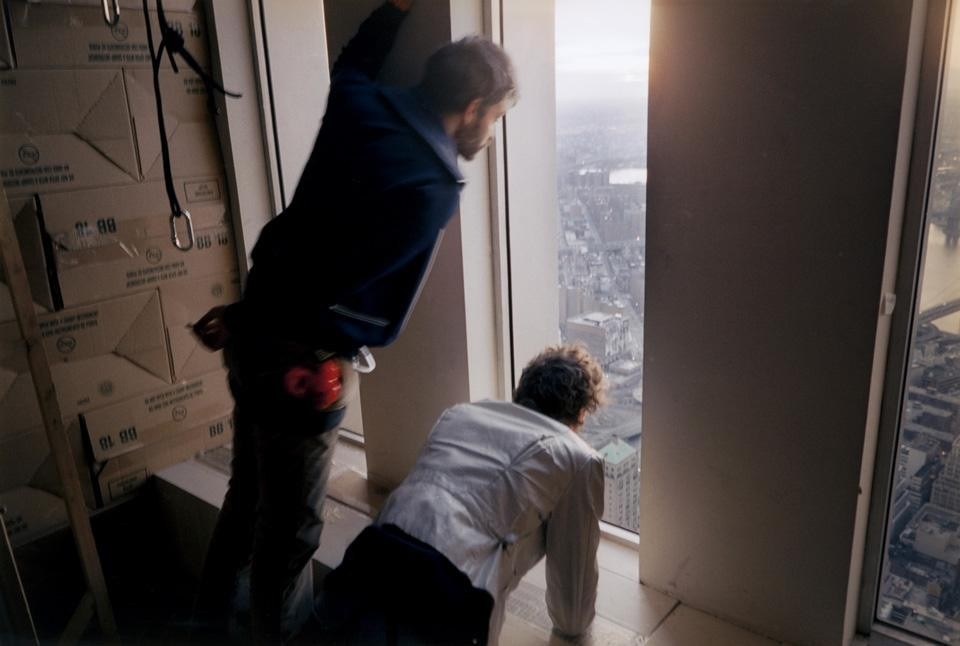
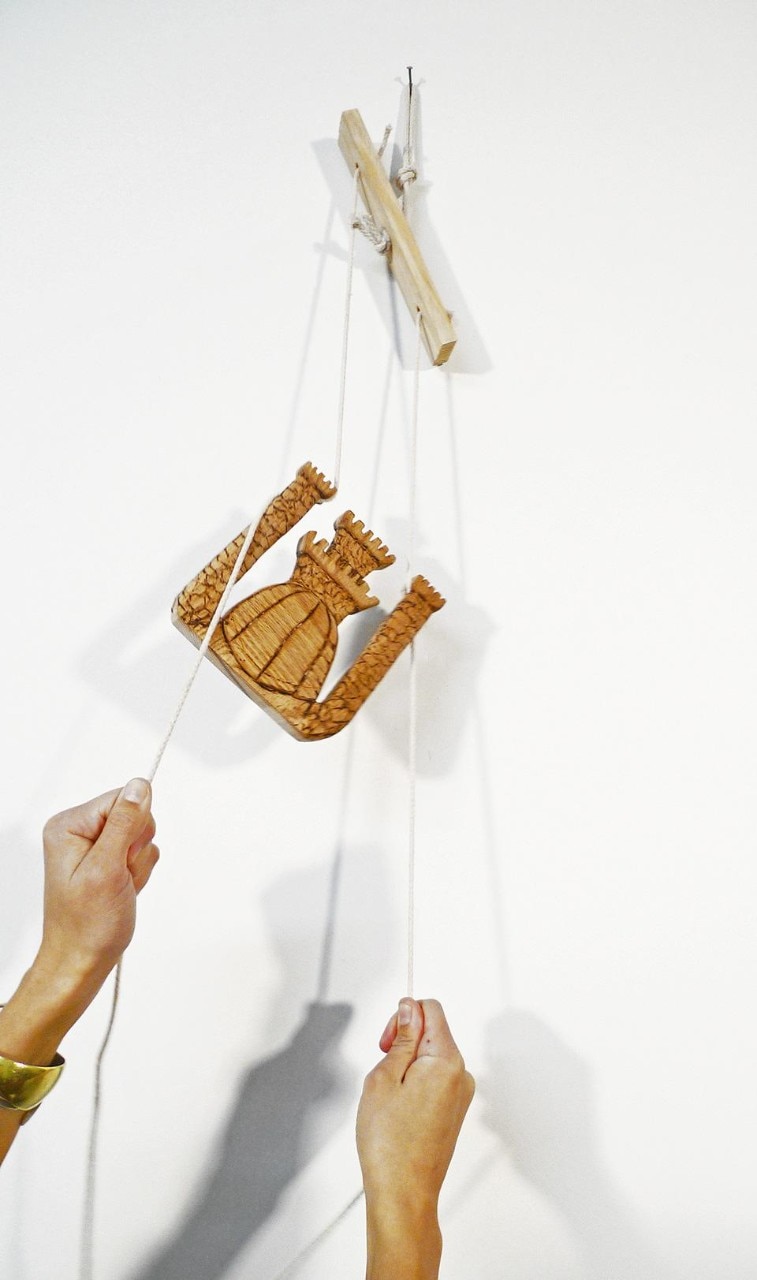
On the whole, the show captures the rather emotive and certainly global subjects of displacement, dysfunction, and alienation. Surely, the best architecture addresses such subjects, as well — often in an effort to avoid or divert from their negative outcomes — but this show is not steeped in the theoretical
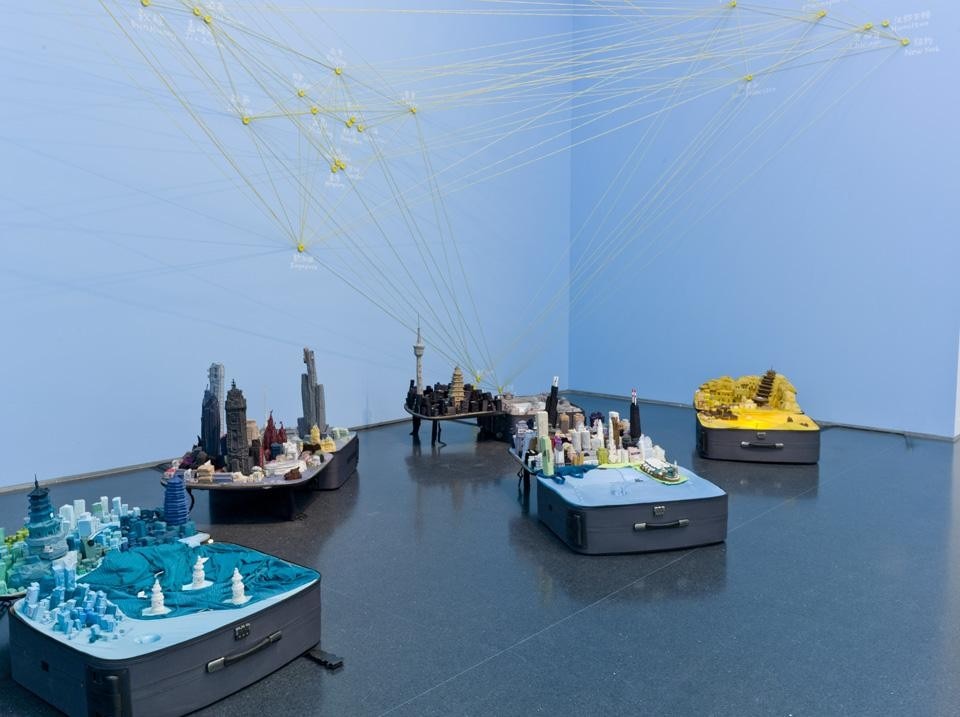
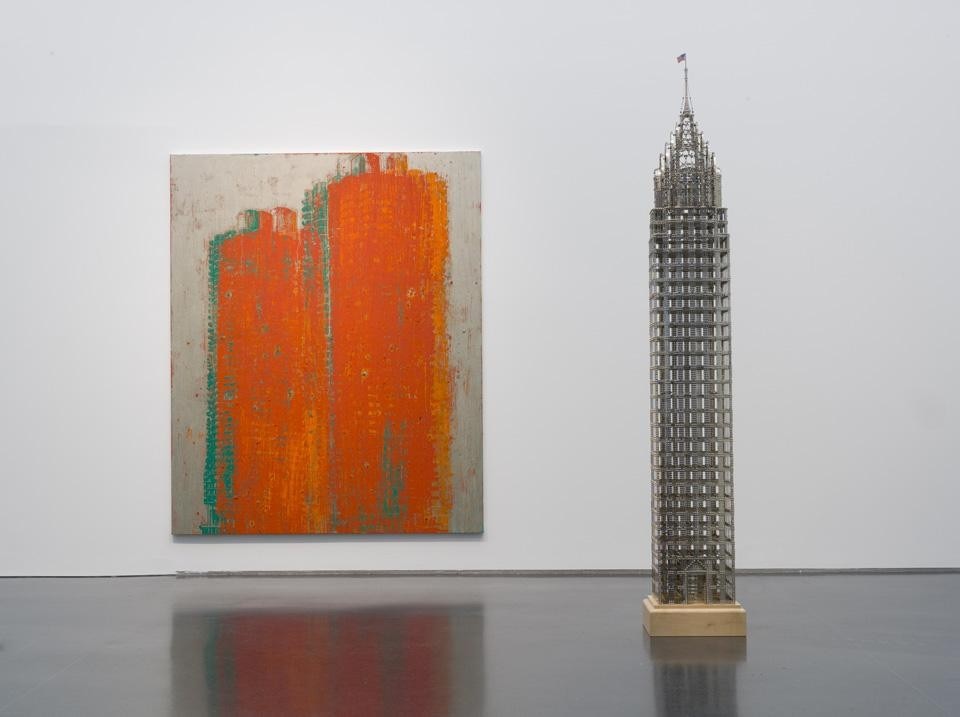
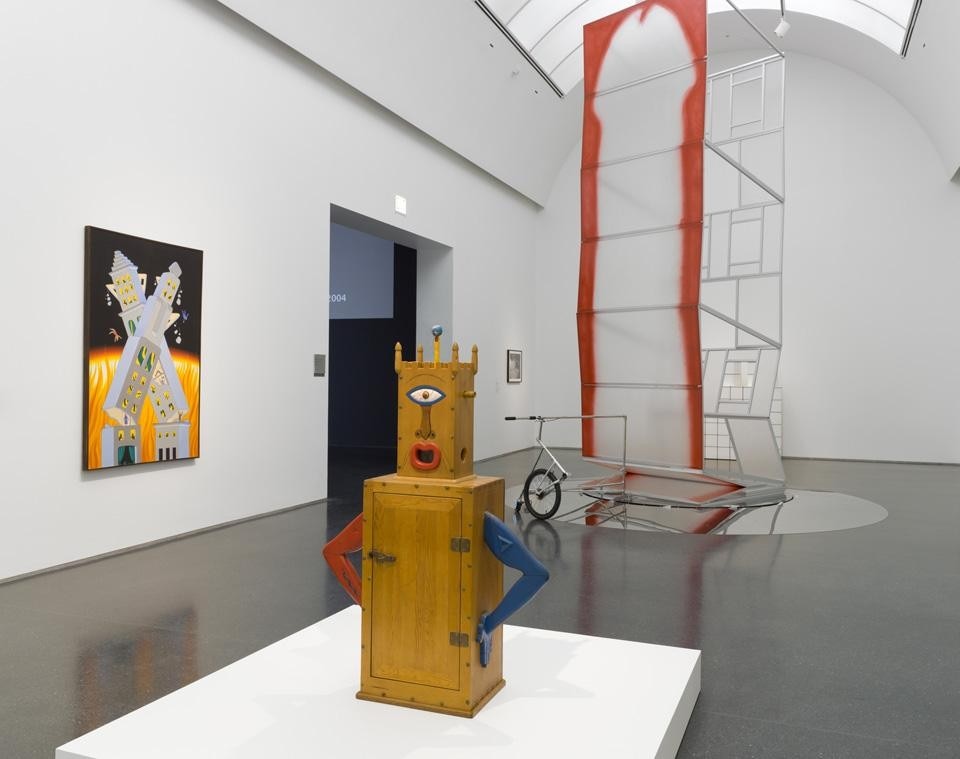
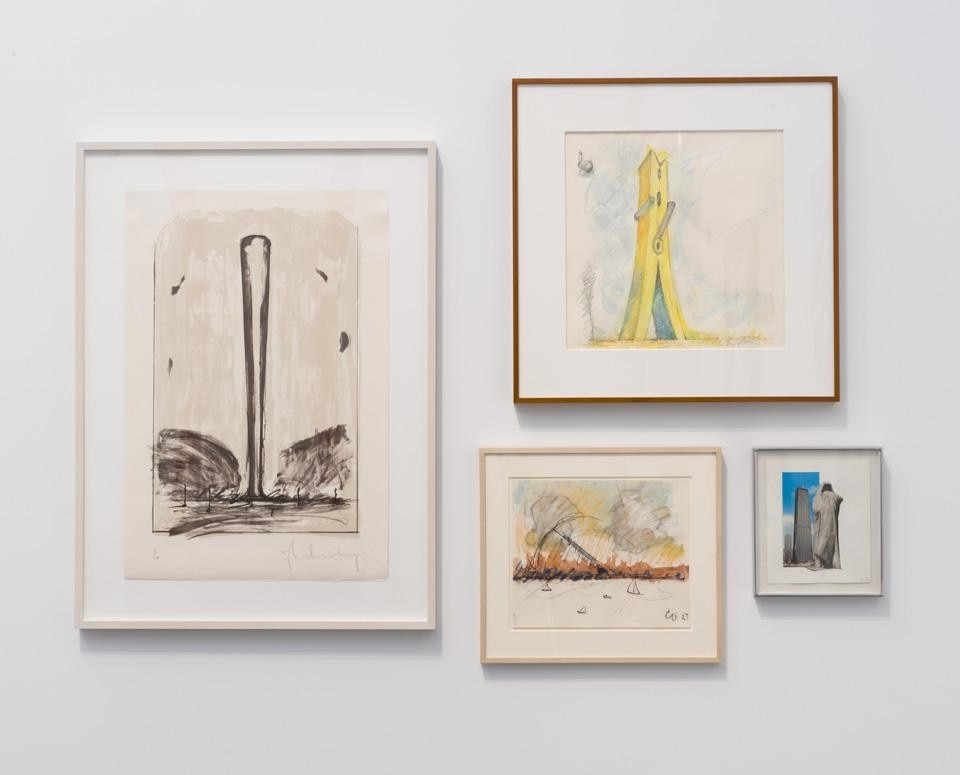
Skyscraper: Art and Architecture Against Gravity
Museum of Contemporary Art Chicago
Chicago, USA
